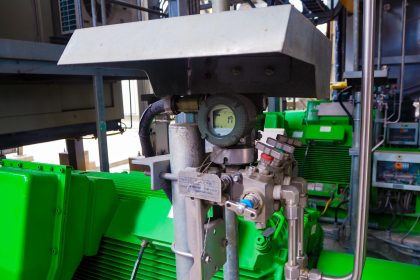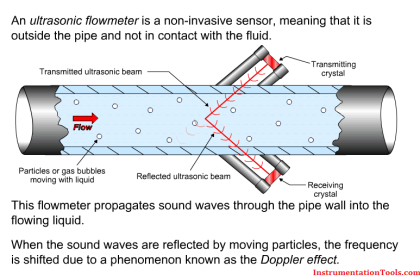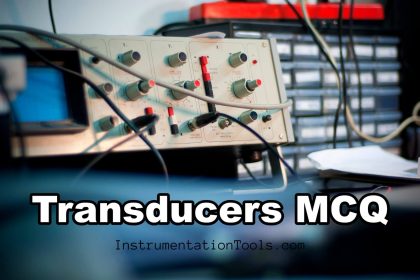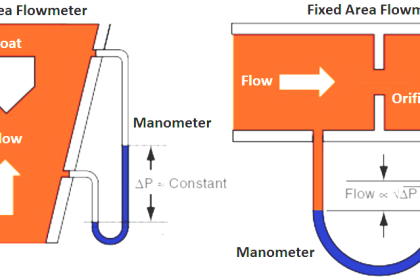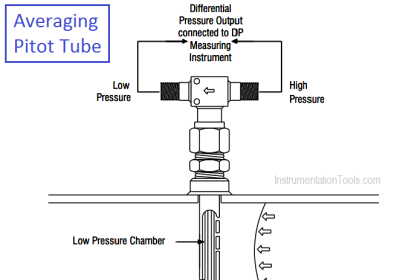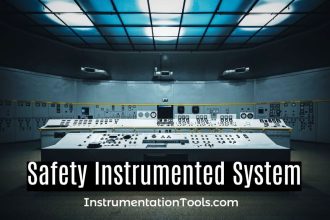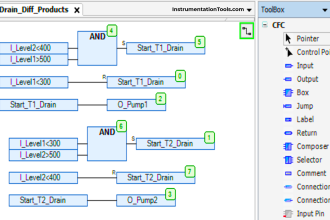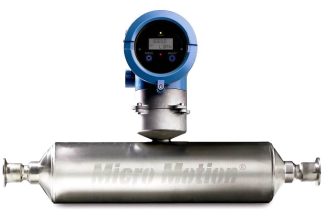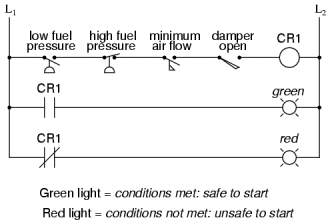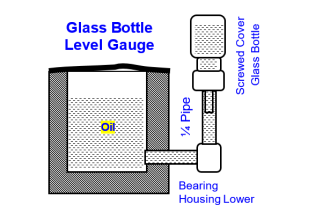Learn the essential questions and answers on orifice plates for flow measurement in industrial instrumentation.
Orifice Plate
This orifice plate video provides clear-cut explanations for each question. We recommend you watch the below video to access the complete learning materials.
Question 1
What is the primary purpose of an orifice plate in a fluid system?
A. Measure fluid density
B. Regulate temperature
C. Measure flow rate
D. Filter impurities
Show the Answer
Measure flow rate
Question 2
Which principle is used to calculate flow rate using an orifice plate?
A. Archimedes’ principle
B. Pascal’s law
C. Bernoulli’s principle
D. Boyle’s law
Show the Answer
Bernoulli’s principle
Question 3
What type of orifice plate is commonly used for measuring clean liquids, gases, and steam?
B. Concentric orifice plate
C. Quadrant edge orifice plate
D. Segmental orifice plate
Show the Answer
Concentric orifice plate
Question 4
How does an orifice plate affect the velocity of the fluid passing through it?
A. Keeps velocity constant
B. Increases velocity
C. Reverses velocity direction
D. Decreases velocity
Show the Answer
Increases velocity
Question 5
Which flow regime is ideal for accurate flow measurement using an orifice plate?
A. Transient flow
B. Laminar flow
C. Oscillatory flow
D. Turbulent flow
Show the Answer
Turbulent flow
Question 6
What is a major disadvantage of using an orifice plate for flow measurement?
A. High cost
B. Pressure loss
C. Complex installation
D. High maintenance
Show the Answer
Pressure loss
Question 7
Which part of the orifice plate is used to measure differential pressure?
A. Downstream side only
B. Both upstream and downstream sides
C. Side of the plate
D. Upstream side only
Show the Answer
Both upstream and downstream sides
Question 8
Why is a concentric orifice plate not suitable for measuring slurry or dirty fluids?
A. Too expensive
B. Prone to clogging
C. Requires frequent calibration
D. Too complex
Show the Answer
Prone to clogging
Question 9
What is the main purpose of the vena contracta in an orifice plate setup?
A. Maximize flow area
B. Minimize turbulence
C. Increase fluid pressure
D. Create maximum velocity
Show the Answer
Create maximum velocity
Question 10
How does fluid density affect the flow rate measurement using an orifice plate?
A. Affects the pressure drop
B. Decreases flow rate
C. No effect
D. Increases flow rate
Show the Answer
Affects the pressure drop
Question 11
What type of orifice plate is designed to handle fluids with high particulate content?
A. Orifice flange
B. Concentric orifice plate
C. Segmental orifice plate
D. Eccentric orifice plate
Show the Answer
Eccentric orifice plate
Question 12
What is the role of beta ratio (β) in orifice plate calculations?
A. Ratio of orifice diameter to pipe diameter
B. Indicates pipe diameter
C. Measures fluid density
D. Determines fluid viscosity
Show the Answer
Ratio of orifice diameter to pipe diameter
Question 13
How can the accuracy of an orifice plate measurement be verified?
A. Checking fluid color
B. Estimating visually
C. Using a flow calibration rig
D. Comparing to a standard table
Show the Answer
Using a flow calibration rig
Question 14
What material is commonly used for manufacturing orifice plates?
A. Aluminum
B. Copper
C. Plastic
D. Stainless steel
Show the Answer
Stainless steel
Question 15
Why is it important to ensure proper installation of orifice plates in a piping system?
A. To reduce cost
B. To increase flow rate
C. To ensure accurate flow measurement
D. To prevent noise
Show the Answer
To ensure accurate flow measurement
Question 16
What is a key advantage of using orifice plates over other flow measurement devices?
A. Low initial cost
B. No maintenance required
C. Instant readings
D. High accuracy
Show the Answer
Low initial cost
Question 17
What is the impact of flow profile on orifice plate accuracy?
A. Enhances accuracy
B. Distorted profiles can cause errors
C. Reduces noise
D. No impact
Show the Answer
Distorted profiles can cause errors
Question 18
How does temperature affect orifice plate measurements?
A. Changes orifice size
B. No effect
C. Alters fluid viscosity and density
D. Reduces flow rate
Show the Answer
Alters fluid viscosity and density
Question 19
What is the function of flow straighteners in orifice plate installations?
A. Decrease flow rate
B. Ensure a uniform flow profile
C. Create turbulence
D. Increase pressure drop
Show the Answer
Ensure a uniform flow profile
Question 20
In what applications are segmental orifice plates typically used?
A. Clean gas measurement
B. High-temperature fluids
C. Fluids with suspended solids
D. Low-pressure systems
Show the Answer
Fluids with suspended solids
Read Next:
- How does an Orifice Measure Flow?
- Field Instrumentation Interview Questions
- Why was RTD installed after the Orifice Plate?
- Orifice Pressure Temperature Compensation
- Orifice Sizing Guidelines and Thumb Rules
